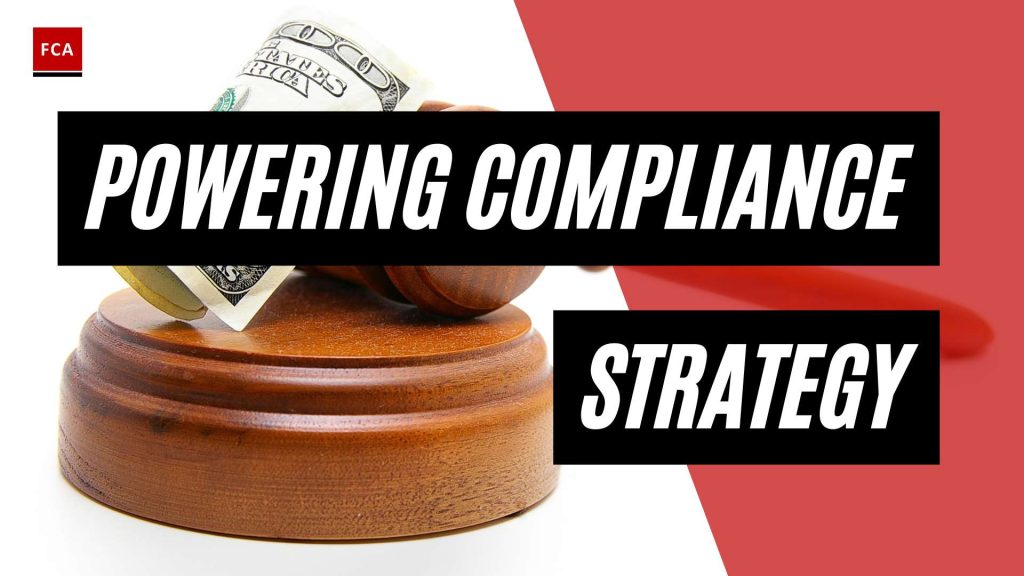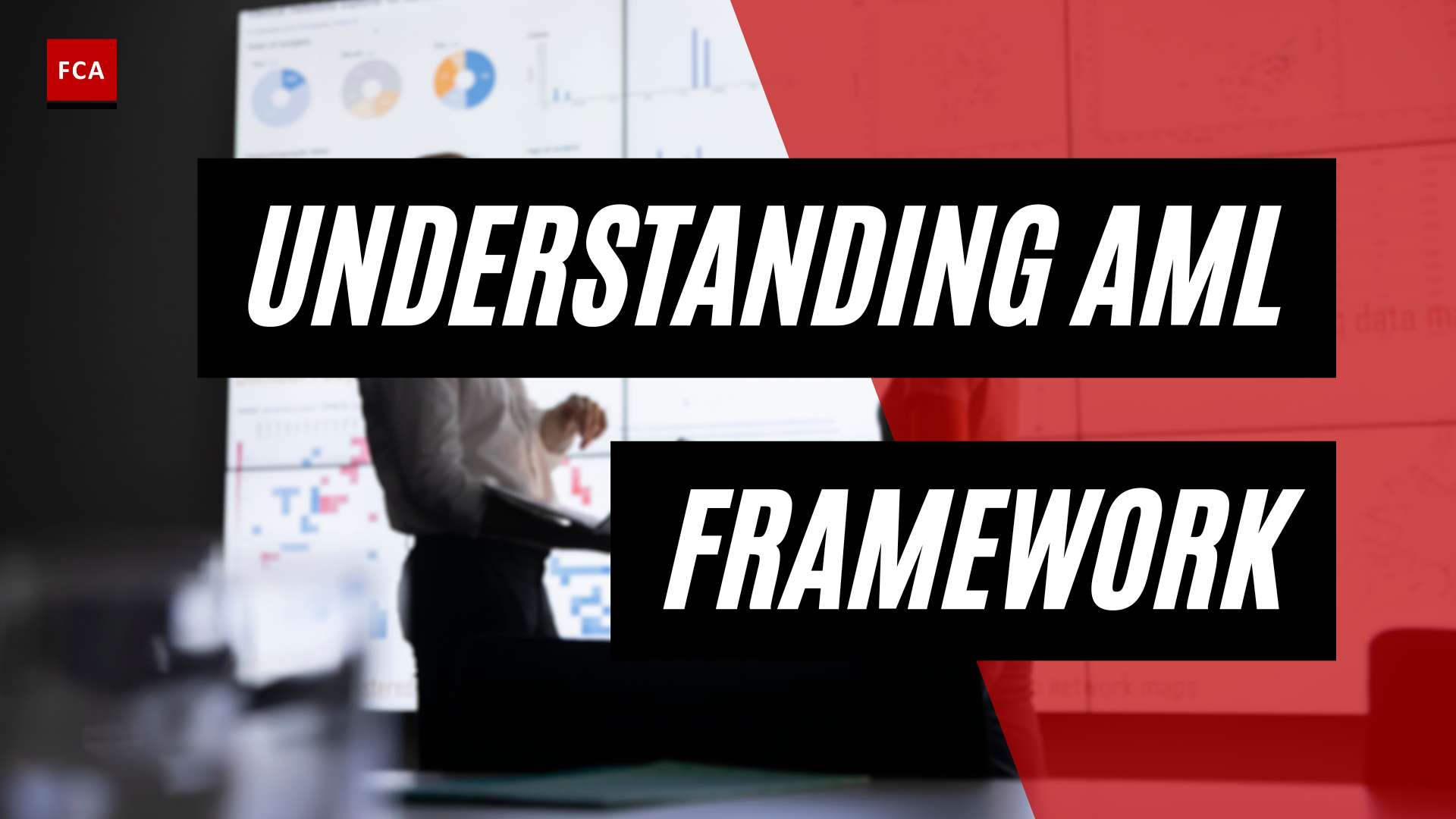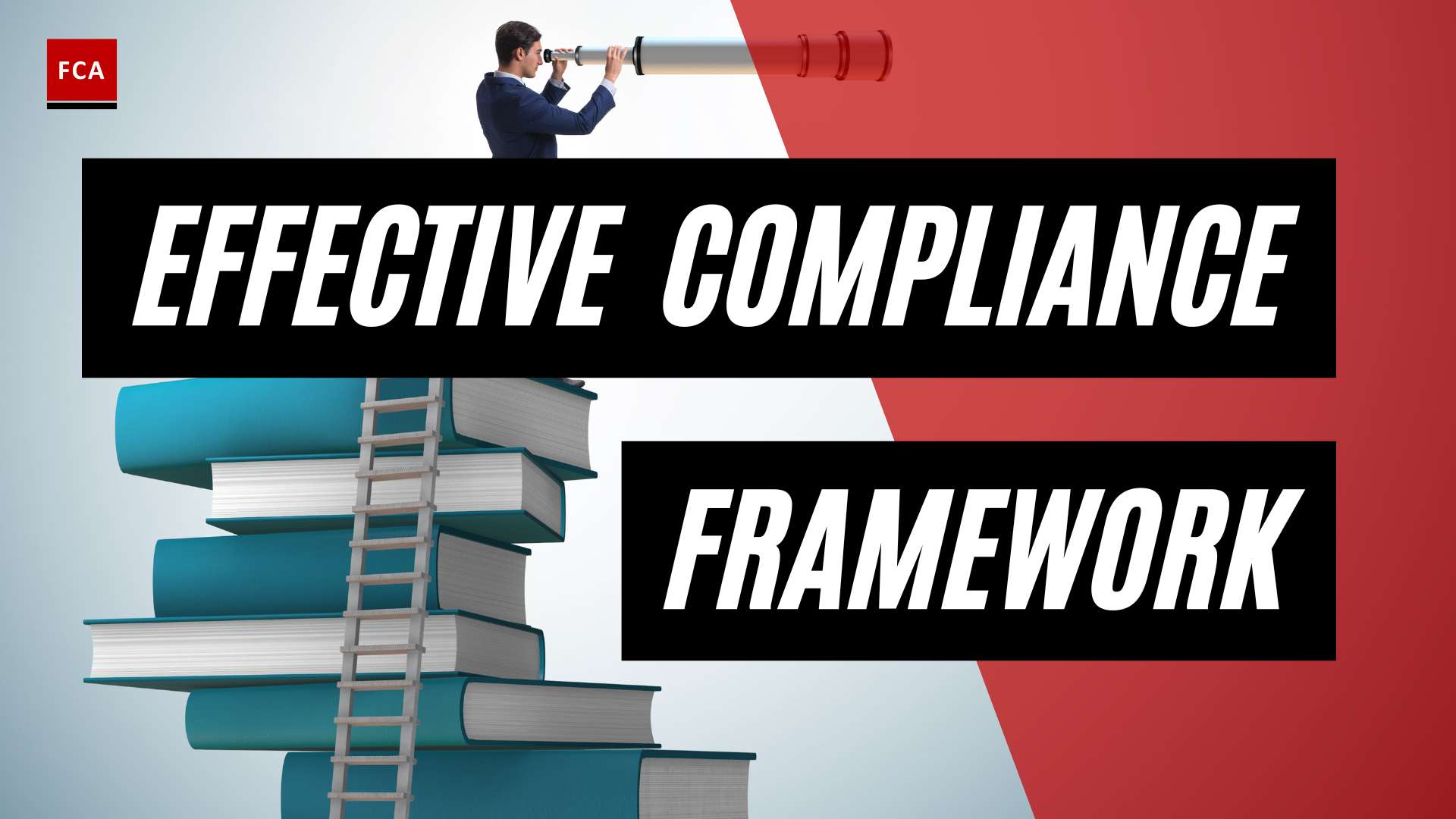Overview of AML Regulatory Bodies
To combat the global issue of money laundering and terrorist financing, various regulatory bodies have been established to develop and enforce Anti-Money Laundering (AML) regulations. These regulatory bodies play a crucial role in shaping the AML landscape and ensuring compliance across financial institutions and jurisdictions. In this section, we will explore the European Union AML Regulations, United States AML Regulations, and the Financial Action Task Force (FATF).
European Union AML Regulations
The European Union (EU) has implemented comprehensive AML regulations to combat money laundering and terrorist financing activities. The Fourth Anti-Money Laundering Directive was introduced in 2017, followed by the Fifth Anti-Money Laundering Directive in 2020. These directives aim to regulate AML practices in financial institutions globally, emphasizing risk-based approaches, customer due diligence, and enhanced cooperation between authorities and financial institutions (Flagright). The directives also outline requirements for beneficial ownership transparency and the establishment of centralized registers.
For more information on AML legislation and regulatory updates in the EU, refer to our article on AML legislation and AML regulatory updates.
United States AML Regulations
In the United States, the fight against money laundering began with the introduction of the Bank Secrecy Act (BSA) in 1970. The BSA was the country’s first major AML legislation and aimed to detect and prevent money laundering activities. It requires financial institutions to maintain records and report certain transactions to the U.S. Department of the Treasury’s Financial Crimes Enforcement Network (FinCEN) (Investopedia).
In addition to the BSA, the United States has introduced several other key AML regulations. The USA PATRIOT Act of 2001 enhanced the ability of U.S. law enforcement agencies to track and intercept money laundering activities. More recently, the Anti-Money Laundering Act of 2020 (AML Act) and the Corporate Transparency Act (CTA) were enacted as part of the FY2021 National Defense Authorization Act (NDAA). These acts introduced significant reforms to the U.S. anti-money laundering framework, focusing on enhanced due diligence, information sharing, and beneficial ownership disclosure (FinCEN).
To explore the specific requirements and regulatory oversight in the United States, refer to our article on AML regulatory requirements and AML regulatory oversight.
Financial Action Task Force (FATF)
The Financial Action Task Force (FATF) is an intergovernmental organization founded in 1989 to develop policies and standards to combat money laundering, terrorist financing, and other related threats to the integrity of the international financial system. The FATF provides guidance and sets global standards through its recommendations, commonly known as the FATF Recommendations. These recommendations serve as a benchmark for AML policies and practices worldwide, and many countries align their AML frameworks with these standards.
To learn more about the FATF and its guidelines, refer to our article on the Financial Action Task Force and FATF guidelines.
By understanding the AML regulatory bodies, their regulations, and the global standards set by organizations like the FATF, financial institutions and professionals can stay informed and ensure compliance with AML requirements. It is crucial to remain updated on any changes or developments in AML regulations to effectively combat money laundering and protect the integrity of the financial system.
Key Components of AML Compliance Programs
To establish an effective Anti-Money Laundering (AML) compliance program, financial institutions need to focus on several key components. These components ensure that the institution is equipped to detect and prevent money laundering, terrorist financing, and other illicit activities. The following components play a crucial role in building a robust AML compliance program:
Detecting Suspicious Activities
One of the primary objectives of an AML compliance program is to detect and report suspicious money-laundering activities, such as tax evasion, fraud, and terrorist financing, to the appropriate authorities. Financial institutions must implement robust systems and controls to identify and monitor transactions and behaviors that raise suspicion. These systems should be capable of analyzing customer and transaction data to identify patterns and anomalies that may indicate potential money laundering activities.
Comprehensive Policies and Procedures
Comprehensive policies and procedures form the foundation of an effective AML compliance program. These policies should outline the institution’s commitment to AML regulations and provide clear guidelines on customer due diligence, transaction monitoring, reporting obligations, and record-keeping requirements. By establishing and consistently following these policies, financial institutions demonstrate their commitment to combating money laundering.
Risk Assessments
Conducting regular risk assessments is a critical component of an AML compliance program. These assessments evaluate the inherent risks associated with the institution’s products, services, customers, and geographic locations. By identifying and assessing these risks, financial institutions can tailor their compliance efforts to mitigate the specific AML threats they face. Risk assessments should be conducted periodically to ensure that compliance programs remain effective and up to date.
Know Your Customer (KYC) Program
A robust Know Your Customer (KYC) program is essential for AML compliance. It involves verifying the identity of customers, assessing their risk profiles, and monitoring their transactions. KYC procedures enable financial institutions to understand their customers’ legitimate financial activities, detect unusual or suspicious behavior, and comply with customer due diligence requirements. Implementing thorough KYC processes helps to mitigate the risk of facilitating money laundering activities.
Independent Audits
Independent testing and auditing by third-party organizations are crucial components of an AML compliance program. These audits assess the effectiveness of the institution’s AML controls and procedures, as well as its compliance with regulatory requirements. The frequency of independent audits should be mandated, typically every 12 to 18 months. Audit reports should be delivered directly to the CEO, senior management, and the Audit Committee to ensure accountability and drive improvements in the compliance program.
Continuous Monitoring and Testing
Continuous monitoring and testing of AML controls and procedures are essential to ensure ongoing compliance. Financial institutions should establish mechanisms to continuously monitor customer transactions, detect suspicious activities, and promptly address any identified issues. This proactive approach helps identify potential weaknesses in the AML compliance program and enables timely corrective actions.
AML Training for Employees
Educating employees about AML regulations and their role in compliance is vital for the success of an AML compliance program. Financial institutions should provide comprehensive AML training to all employees, including front-line staff, managers, and senior executives. Training programs should cover topics such as recognizing red flags, reporting obligations, and the consequences of non-compliance. Regular training sessions and updates keep employees informed about the latest AML practices and regulatory requirements.
By incorporating these key components into their AML compliance programs, financial institutions can enhance their ability to detect and prevent money laundering activities effectively. A well-implemented AML compliance program not only helps institutions comply with regulations but also strengthens their overall risk management framework and promotes a culture of compliance within the organization.
AML Compliance Program Requirements
To establish an effective Anti-Money Laundering (AML) compliance program, financial institutions must adhere to specific requirements and implement various measures to mitigate the risks associated with money laundering and financial crimes. Key components of an AML compliance program include risk assessment, internal controls review, independent testing (audit), BSA/AML compliance officer, and BSA/AML compliance training.
Risk Assessment
A thorough risk assessment is a critical first step in developing an AML compliance program. Financial institutions are expected to identify the inherent risks in their business, considering factors such as products and services offered, customer profiles, and geographic locations. By understanding these risks, institutions can tailor their compliance efforts to effectively address potential vulnerabilities and implement appropriate risk mitigation strategies.
Internal Controls Review
An internal controls review evaluates the policies, procedures, and processes of a financial institution to ensure they align with AML regulations and enable compliance. This includes assessing systems designed to generate mandated reports, record keeping practices, and data retention policies (Lower Risk Group). Robust internal controls are essential for accurately detecting and reporting suspicious activities.
Independent Testing (Audit)
Independent, third-party audits play a crucial role in assessing the effectiveness of an institution’s AML compliance program. These audits should be conducted every 12 to 18 months and should be risk-based, responsive to the organization’s risk profile (Lower Risk Group). The audit reports should be delivered directly to the CEO, senior management, and the Audit Committee to ensure appropriate oversight and corrective actions, if necessary.
BSA/AML Compliance Officer
Every financial institution should designate a BSA/AML compliance officer responsible for overseeing the AML compliance program. The compliance officer should possess knowledge of BSA/AML regulations, have the ability and resources to design and implement an effective program, and keep the Board and senior management informed about the organization’s compliance status (Lower Risk Group). The compliance officer serves as a point of contact for regulatory agencies and ensures adherence to regulatory requirements.
BSA/AML Compliance Training
Comprehensive and ongoing training is a vital component of an AML compliance program. Financial institutions must provide training to employees at all levels to ensure they understand the risks associated with money laundering, recognize suspicious activities, and know their responsibilities in reporting such activities (Lower Risk Group). Training programs should cover regulatory requirements, internal policies and procedures, detection techniques, and reporting obligations.
By incorporating these AML compliance program requirements, financial institutions can establish a robust framework to detect and prevent money laundering and other financial crimes. The risk assessment, internal controls review, independent testing, dedicated compliance officer, and comprehensive training collectively contribute to an effective AML compliance program, ensuring regulatory compliance and safeguarding the integrity of the financial system.
AML Regulatory Framework in the United States
When it comes to combating money laundering and financial crimes, the United States has implemented a robust AML regulatory framework. This framework consists of various laws, acts, and regulatory bodies. Understanding these components is essential for professionals working in compliance, risk management, anti-money laundering, and anti-financial crime fields.
The Bank Secrecy Act (BSA)
The Bank Secrecy Act (BSA), enacted in 1970, was the United States’ first major piece of anti-money laundering (AML) legislation. The BSA and its associated regulations, under 12 U.S.C. 1829b, 12 U.S.C. 1951-1960, 31 U.S.C. 5311-5314, 5316-5336, impose obligations on financial institutions to combat money laundering and report suspicious activities. Financial institutions are required to maintain records of cash purchases of negotiable instruments, report cash transactions over $10,000 in daily aggregate amounts, and report suspicious activities that could indicate money laundering, tax evasion, or other illegal activities (FinCEN).
The USA PATRIOT Act
The USA PATRIOT Act, passed in 2001, stands for “Uniting and Strengthening America by Providing Appropriate Tools Required to Intercept and Obstruct Terrorism Act.” The primary objective of this act is to prevent and penalize terrorist activities within the United States and globally. It enhances law enforcement’s investigative tools and provides measures to detect, deter, and punish money laundering and terrorist financing. The USA PATRIOT Act has significantly impacted the AML regulatory landscape and reinforced the importance of financial institutions’ role in combating money laundering and terrorist financing.
The Anti-Money Laundering Act of 2020 (AML Act)
The Anti-Money Laundering Act of 2020 (AML Act) and the Corporate Transparency Act (CTA) were enacted on January 1, 2021, as part of the FY2021 National Defense Authorization Act (NDAA). These acts introduce significant reforms to the U.S. anti-money laundering framework. The AML Act enhances AML regulations, strengthens coordination between regulatory agencies, modernizes reporting requirements, and expands the scope of AML regulations to include new industries and entities. The CTA focuses on beneficial ownership reporting, requiring certain corporations, limited liability companies, and other similar entities to disclose their beneficial owners to the Financial Crimes Enforcement Network (FinCEN) (FinCEN).
Financial Crimes Enforcement Network (FinCEN)
The Financial Crimes Enforcement Network (FinCEN), within the U.S. Department of the Treasury, plays a pivotal role in the oversight and enforcement of AML laws and regulations in the United States. FinCEN’s mission is to safeguard the financial system from illicit use and combat money laundering and financial crimes. It collects and analyzes financial transactions to provide actionable intelligence to law enforcement, regulators, and other stakeholders. FinCEN issues regulations, guidance, and advisories to promote compliance with AML laws and regulations. It also works closely with financial institutions to ensure the effectiveness of AML programs and fosters collaboration between public and private sectors to combat money laundering (Investopedia).
Understanding the AML regulatory framework in the United States, including the Bank Secrecy Act, the USA PATRIOT Act, the Anti-Money Laundering Act of 2020, and the role of the Financial Crimes Enforcement Network (FinCEN), is crucial for organizations and professionals involved in AML compliance. By staying informed about these regulatory requirements, businesses can develop robust AML programs and contribute to the global fight against money laundering and financial crimes.
Consequences of Non-Compliance with AML Regulations
Ensuring compliance with Anti-Money Laundering (AML) regulations is of paramount importance for banks, financial institutions, and businesses in the financial sector. Failure to comply with these regulations can have severe consequences, ranging from financial penalties to reputational damage and even criminal liability. In this section, we will explore the potential consequences of non-compliance with AML regulations.
Fines and Penalties
One of the most significant consequences of non-compliance with AML regulations is the imposition of fines and penalties. Regulatory bodies have the authority to levy substantial financial penalties on organizations that fail to meet their AML obligations. These fines can reach millions or even billions of dollars, depending on the severity and scope of the non-compliance. For instance, a British firm faced an $8.9 million penalty in 2010 for AML failures related to high-risk customers (Financial Crime Academy).
Reputational Damage
Non-compliance with AML regulations can result in significant reputational damage for banks and financial institutions. News of AML compliance failures can erode public trust, leading to a loss of customers and business partners. Rebuilding a damaged reputation can be a challenging and time-consuming process, often requiring substantial investments in public relations and customer outreach efforts. The negative impact on a company’s brand image and standing within the industry can have long-lasting consequences.
Criminal Liability
In cases of serious non-compliance, individuals within an organization, including senior managers, can face criminal liability. AML regulations are designed to combat money laundering and financial crimes, and failure to comply with these regulations can result in criminal charges. Individuals found guilty of AML-related offenses may face fines, imprisonment, or both, depending on the jurisdiction and the severity of the non-compliance. It is crucial for organizations to ensure that their AML compliance programs are robust and effectively implemented to mitigate the risk of criminal liability.
Loss of Professional Licenses
Non-compliance with AML regulations can have professional consequences for individuals within the financial sector. Regulatory bodies have the authority to revoke or suspend professional licenses of individuals found to be in violation of AML requirements. This can severely impact an individual’s career prospects and professional standing within the industry. It is imperative for professionals in compliance, risk management, and anti-financial crime roles to stay abreast of AML regulations and ensure strict adherence to these requirements.
Business Operation Restrictions
Regulatory bodies also have the power to impose restrictions on the operations of banks and financial institutions that fail to comply with AML regulations. These restrictions can include limitations on certain activities, additional reporting requirements, or even the suspension of specific services or products. The imposed restrictions can disrupt business operations, hinder growth opportunities, and result in financial losses for the organization.
Damage to Investor Confidence
Non-compliance with AML regulations can damage investor confidence in banks and financial institutions. Investors, including shareholders and stakeholders, may become wary of associating with organizations that have a history of AML compliance failures. This can lead to a decline in investments, reduced funding opportunities, and a negative impact on the organization’s financial stability and growth prospects. Maintaining a strong AML compliance program is crucial for instilling confidence in investors and maintaining a positive reputation in the market.
The consequences of non-compliance with AML regulations are multifaceted and can have far-reaching effects on both organizations and individuals within the financial sector. Financial penalties, reputational damage, criminal liability, loss of professional licenses, business operation restrictions, and damage to investor confidence are all potential outcomes of failing to meet AML obligations. To mitigate these risks, organizations must prioritize the development and implementation of robust AML compliance programs that adhere to regulatory requirements and promote a culture of compliance.
Resources and Regulatory Oversight in the United States
In the United States, one of the key regulatory bodies overseeing Anti-Money Laundering (AML) compliance is the Federal Deposit Insurance Corporation (FDIC). Established by Congress as an independent agency, the FDIC plays a critical role in ensuring the integrity and regulatory compliance of the nation’s financial institutions (FDIC).
Federal Deposit Insurance Corporation (FDIC)
The FDIC is committed to maintaining stability and public confidence in the U.S. financial system. As part of its regulatory authority, the FDIC oversees and enforces compliance with banking laws and regulations, including those related to AML. Its expertise and oversight contribute to the effectiveness of the AML regulatory framework within the banking industry.
FDIC’s Role in AML Compliance
Within the realm of AML compliance, the FDIC is responsible for ensuring that financial institutions adopt and implement robust AML programs. The FDIC evaluates banks’ compliance with the Bank Secrecy Act (BSA) and other AML regulations to prevent money laundering and the financing of illicit activities. By conducting examinations and assessments, the FDIC helps identify potential vulnerabilities and weaknesses in AML compliance programs.
FDIC Resources and Research
The FDIC provides a wealth of resources for consumers, bankers, analysts, and stakeholders. These resources include financial education materials, data tools, documentation of laws and regulations, and information on important initiatives. The FDIC’s website serves as a comprehensive hub for accessing information related to AML compliance and other banking-related topics.
In addition to resources, the FDIC is a preeminent source of U.S. banking industry research. It offers quarterly banking profiles, working papers, and state banking performance data. By providing this valuable research, the FDIC contributes to a deeper understanding of the banking industry and supports evidence-based decision-making.
The FDIC also plays an active role in disseminating critical information to the banking industry. Through regular updates, announcements, speeches, testimony, and policy changes, the FDIC ensures that banks and stakeholders stay informed about developments in the regulatory landscape. This information sharing fosters transparency and helps institutions adapt to evolving AML requirements.
By leveraging the resources and oversight provided by the FDIC, financial institutions can enhance their AML compliance efforts and contribute to a robust AML regulatory framework in the United States.
For more information on AML regulatory bodies and compliance requirements, refer to our articles on AML legislation, AML laws and regulations, and AML regulatory requirements.








